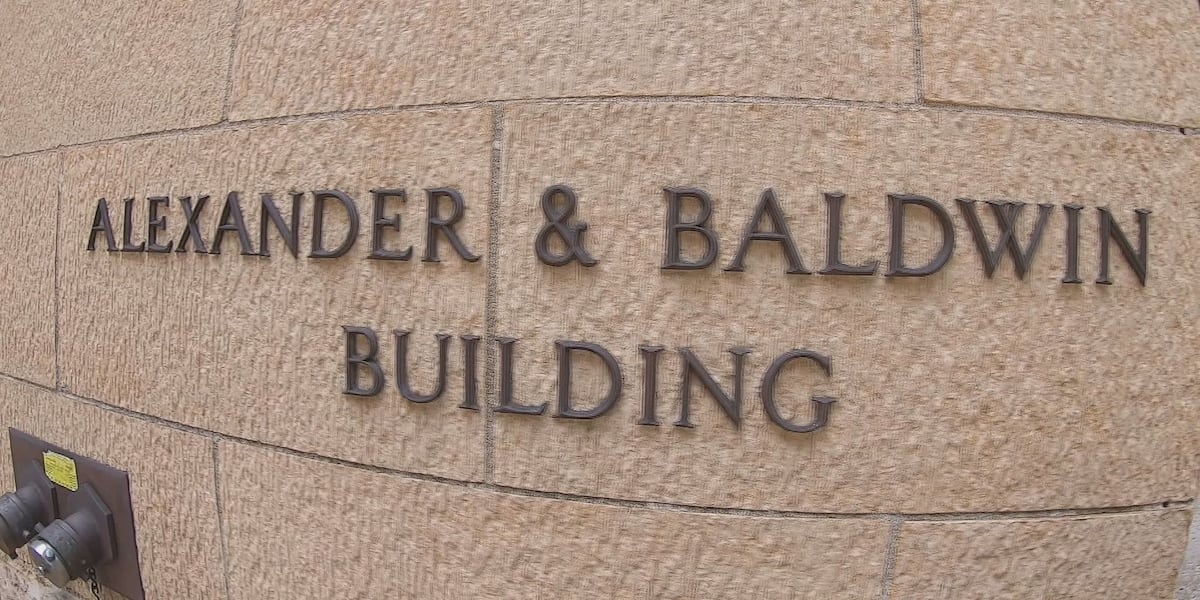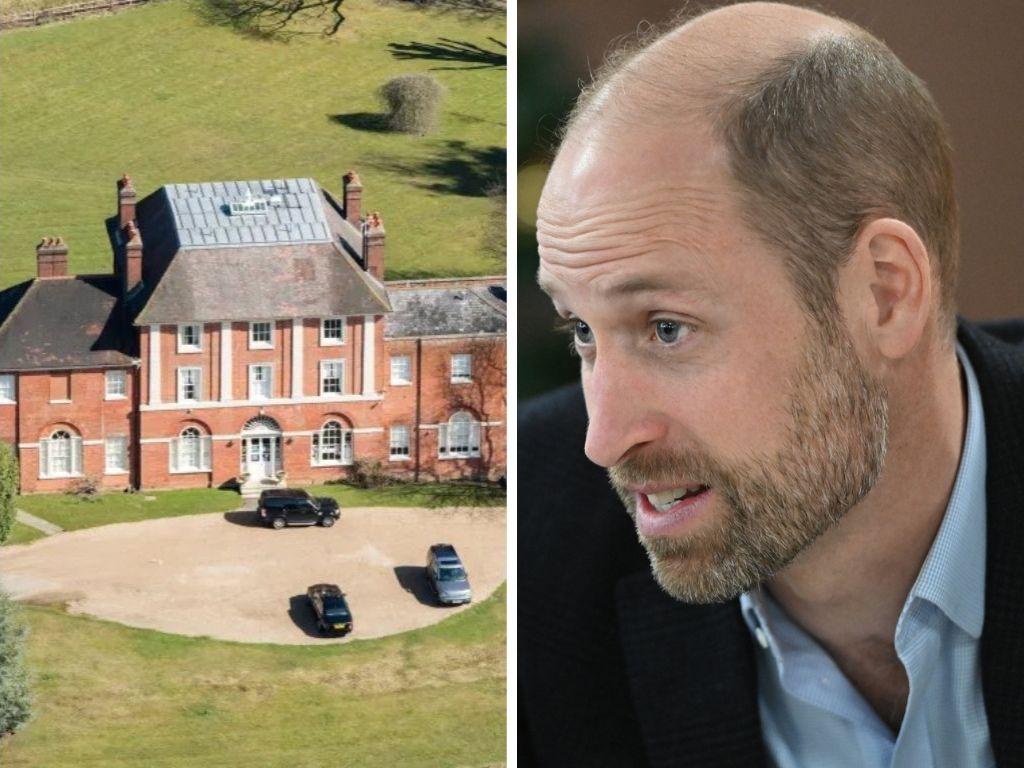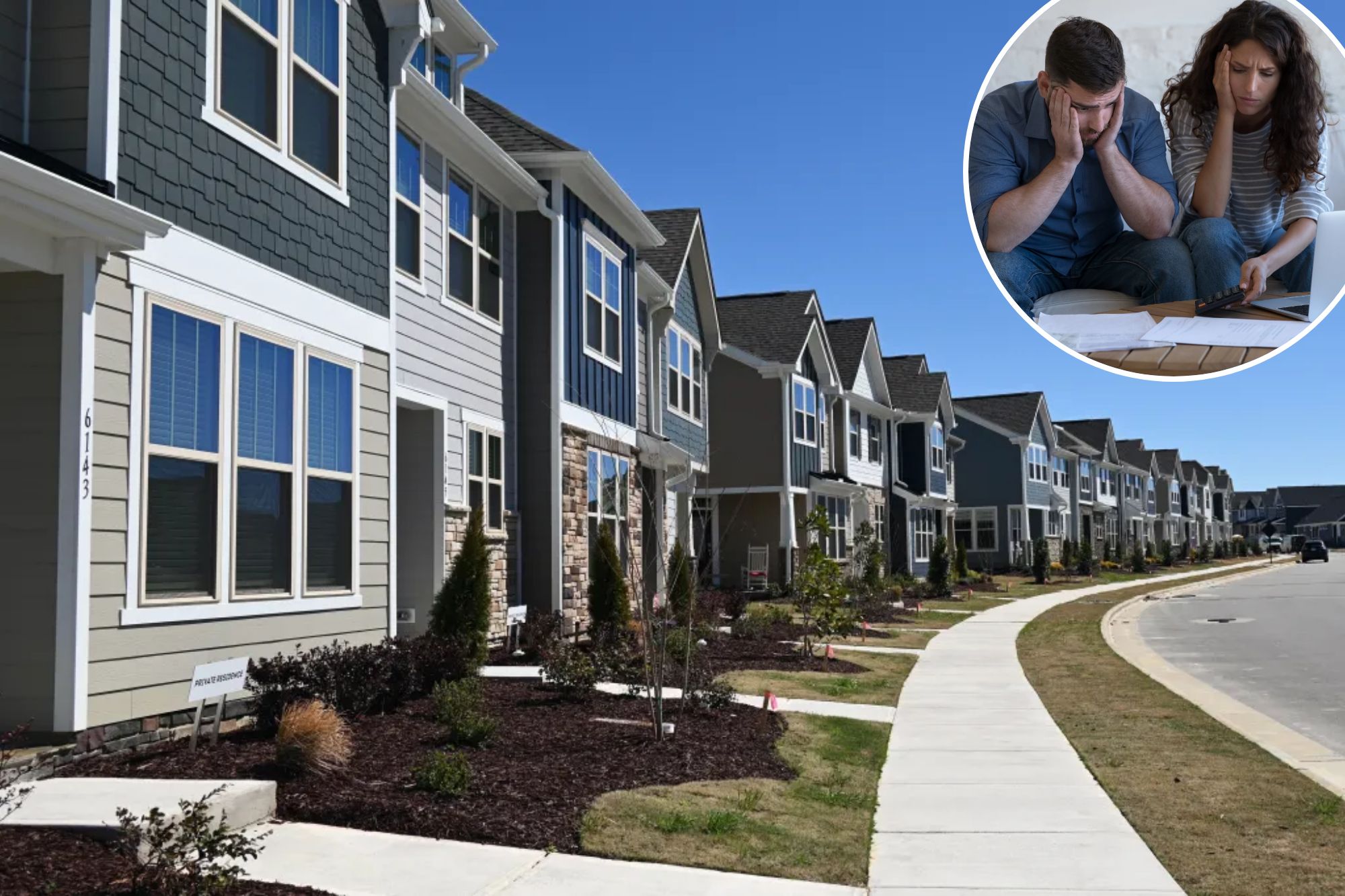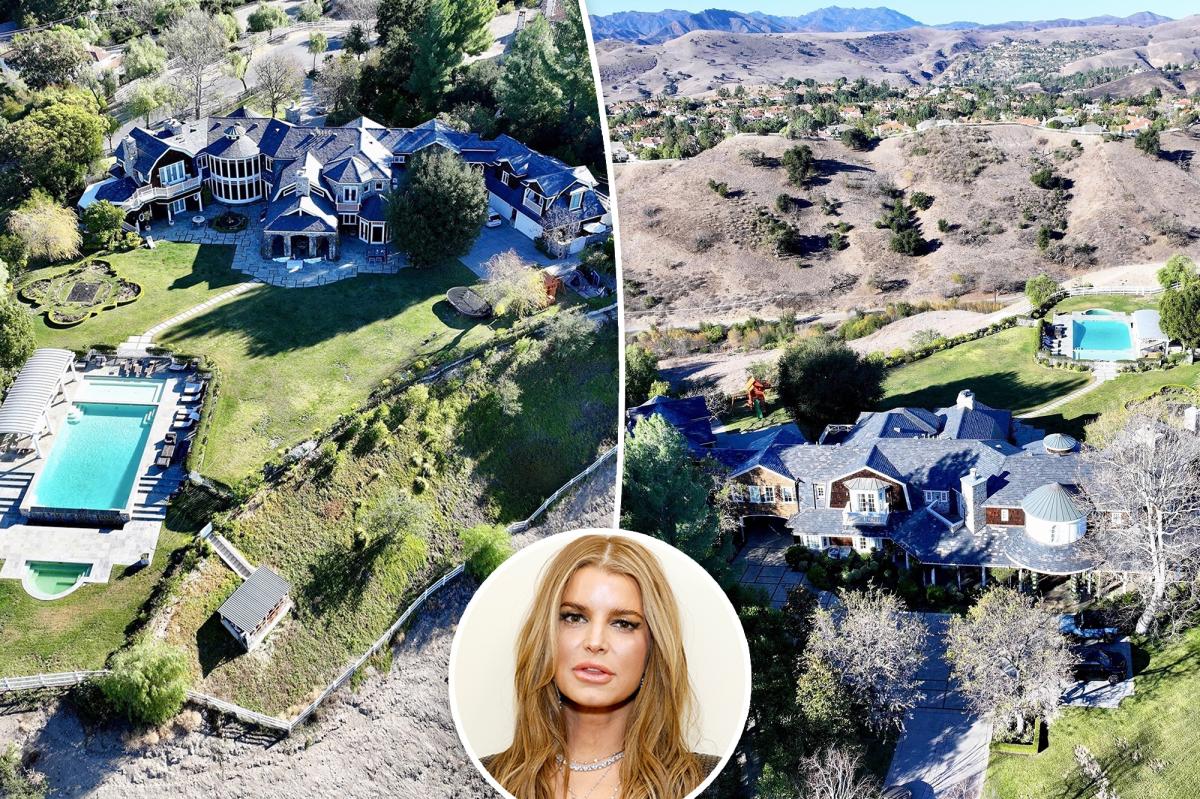I
ndia's ultra-rich are quietly shifting their real estate strategy, moving away from luxury apartments and investing ₹50-500 crore in scarce, unbranded land zones that fly under the radar of average investors. These areas include aggregated land belts across the UER2 corridor, SPR back zones, Sohna's low-density tracts, and Gurgaon's transitional fringes.
Real estate advisor Aishwarya Shri Kapoor notes that buying a luxury apartment was once considered a savvy investment, but now it's seen as a liquidity trap due to low rental yields, flat appreciation, and diminishing entry barriers. For instance, flats in projects like DLF 5 trade at ₹40-45K per sq. ft., yielding barely 2% in rent.
In contrast, these unbranded land zones are attracting capital from family offices, startup founders, and legacy money due to their scarcity, zoning control, and flexibility. Privately sourced plots are trading at ₹2-3 lakh per sq. yard, with projected future floor values reaching ₹8-10 lakh. Kapoor highlights that once purchased, land can't be discounted by builders, giving investors a unique edge.
As Kapoor puts it, "Capital isn't loud; capital is always early." In 2025, the ultra-wealthy are no longer buying what's marketed; they're targeting what hasn't even been planned. Her insight suggests that future real estate success will depend on controlling land belts before Gurgaon 2.0 gets redrawn.















